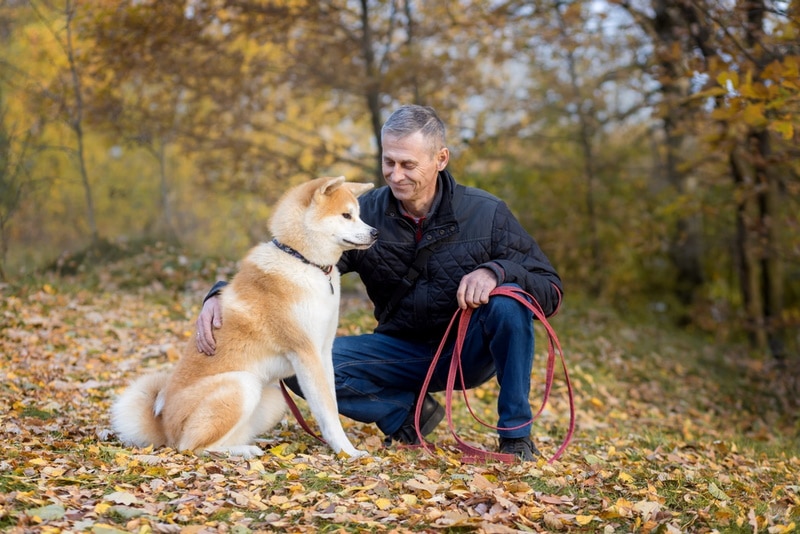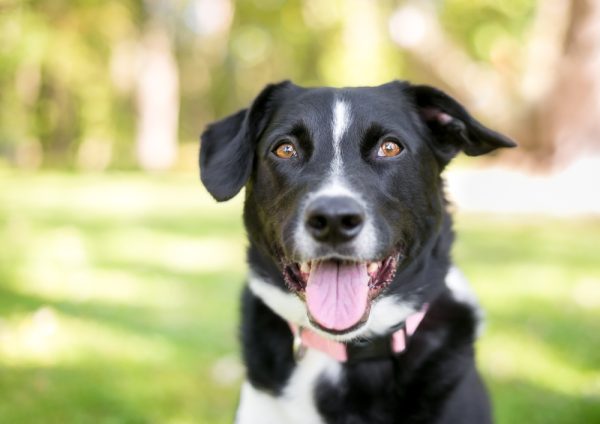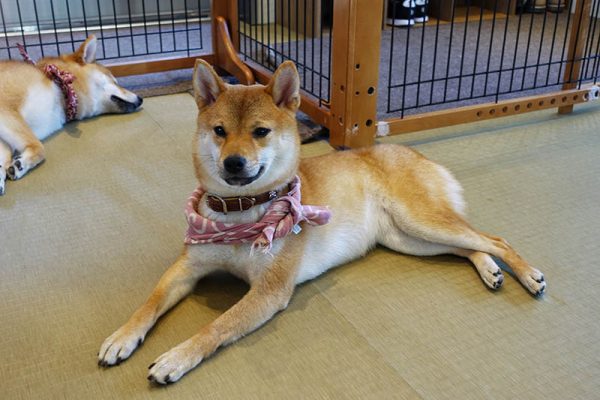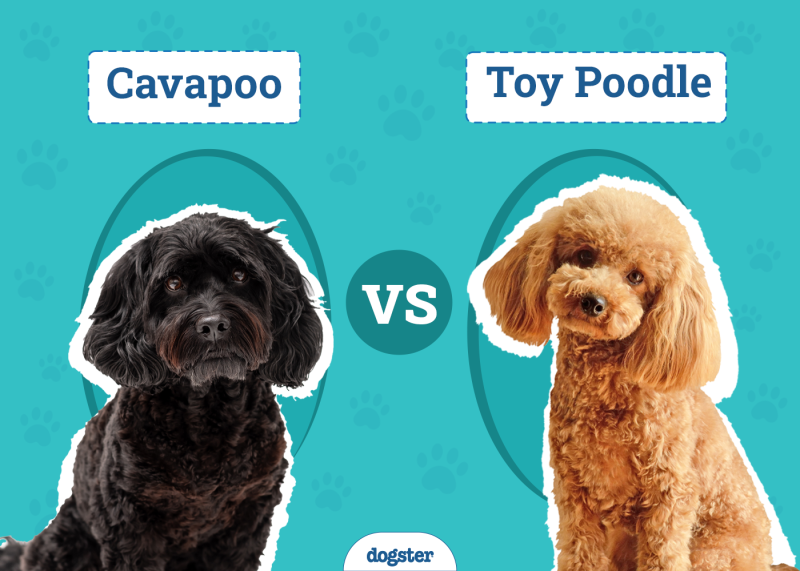In this article
The Akita is an ancient Japanese dog that was originally developed sometime in the 1600s on Honshu Island. The breed is hardy, independent, and known for being loyal to their human and animal companions. Akitas might be small while puppies, but they grow into large dogs with muscular bodies.
So, how big does an Akita get as an adult, and what sizes and weights can be expected between puppyhood and adulthood? A fully grown Akita will likely weigh approximately 70- 130 pounds. Read on for a convenient weight and growth chart for you to peruse and more important information that you should know.

Akita Overview
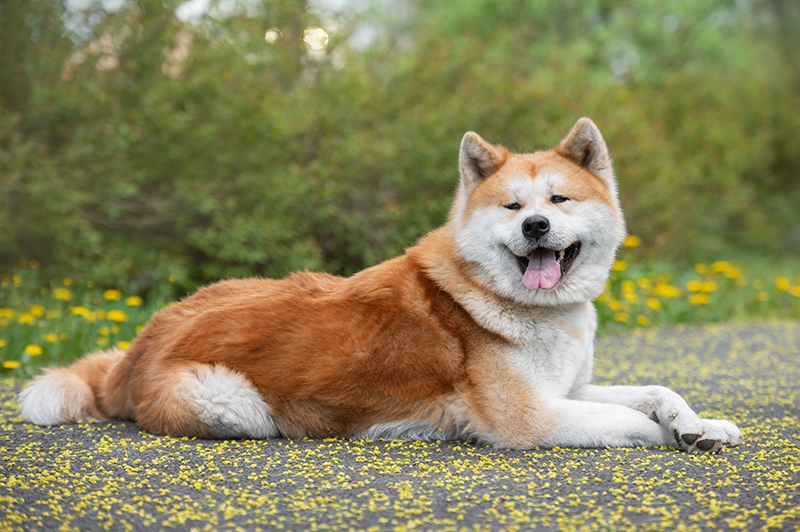
Akitas were originally bred as bear hunters, and they eventually were used in cruel activities like dog fighting. They were much smaller than the Akitas that we know and love today. When times got hard, they were killed for their meat and fur. Fortunately, things have changed, and in today’s world, they are bred as household companions.
This beautiful dog breed has a thick, double coat that sheds heavily during the summer months. While loyalty and independence are among their well-known traits, these dogs also display a goofiness that lends well to interactions with children and kids at heart. That said, the average Akita is wary of strangers and must be socialized early if they’ll be expected to get along in social situations.
Akitas are energetic dogs that enjoy spending time outdoors. They can do well on the agility course, and due to their alert temperament, they can be trained as watchdogs for household protection. The size of an adult Akita can vary slightly depending on things like health and sex.
Akita Size and Growth Chart
It typically takes at least 2 years for an Akita to reach their full mature size. Once fully grown, an Akita should weigh between 70 and 130 pounds. However, there are a few variables that can affect the full size and weight of this breed, as with most breeds.
| Male Age | Weight Range |
| 2 months | 17–27 pounds |
| 4 months | 35–50 pounds |
| 6 months | 55–70 pounds |
| 8 months | 65–85 pounds |
| 10 months | 90–110 pounds |
| 12 months | 95–125 pounds |
| 18 months | 100–130 pounds |
| 24 months | 100–130 pounds |
| Female Age | Weight Range |
| 2 months | 15–25 pounds |
| 4 months | 35–45 pounds |
| 6 months | 50–65 pounds |
| 8 months | 60–80 pounds |
| 10 months | 65–85 pounds |
| 12 months | 70–95 pounds |
| 18 months | 70–100 pounds |
| 24 months | 70–100 pounds |
As an Akita grows from puppyhood to adulthood, their height and length change rapidly, so it is tough to accurately estimate how long and/or tall an Akita should be until they are fully grown. As an adult, the typical Akita should be between 24 and 28 inches tall and roughly 36 to 44 inches in length, give or take.
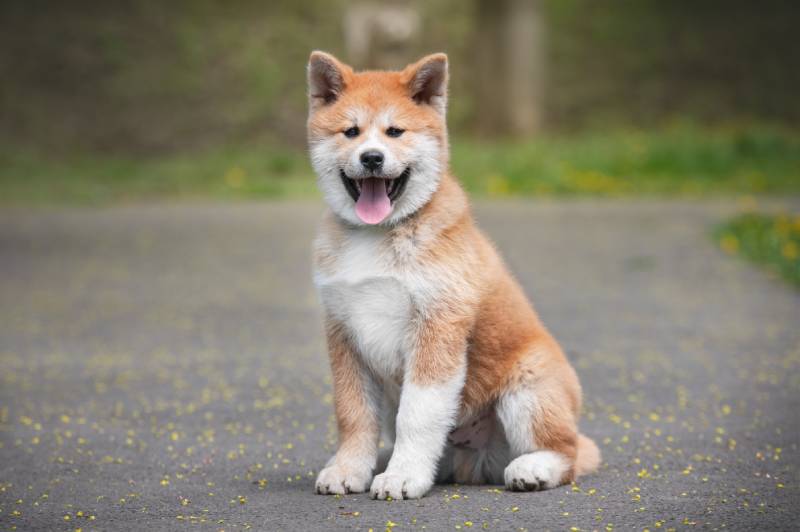
The Difference Between American and Japanese Akitas
Some Akitas are considered American Akitas because they have been bred in America for so long that their standards have slightly changed. They have different coat colors than the Japanese Akita, which is still bred in Japan and has a more limited reach when it comes to breeding. However, both types of Akitas are extremely similar.
The most notable differences are size (as the American version is typically larger) and coat colors. There are also physical differences that can be noticed when paying careful attention. This YouTube video explains the differences in depth.
When Does an Akita Stop Growing?
Large dog breeds usually take longer to become fully grown than small breeds because they have so much more body weight and girth to build up. In general, the Akita breed stops getting longer and taller at about 24 months of age. However, they can continue putting on more weight to fill out.
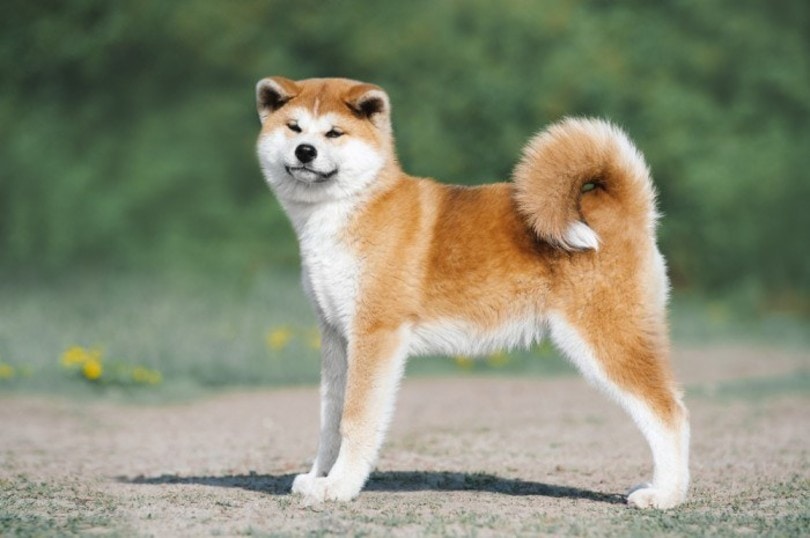

Factors Affecting the Size of the Akita
Several things can affect the overall size of this breed as they grow into adulthood. Here are the main factors that any current and prospective Akita owners should consider.
Genetics
The most common factor that can affect an Akita’s weight and size is genetics. If an Akita is smaller in size and produces babies, chances are that their babies will take on those size genetics and be smaller than Akitas from other bloodlines.
Nutrition
Proper nutrition is important for growing dogs. If an Akita does not get the protein, vitamins, minerals, and fats that their bodies need to thrive, it is likely that their bodies will not develop to their full potential.
Exercise
Without enough exercise, an Akita’s bones and muscles cannot properly develop. This can lead to stunted growth as time goes on. Daily outdoor exercise is essential for a dog’s overall well-being, even when it comes to their growth potential.
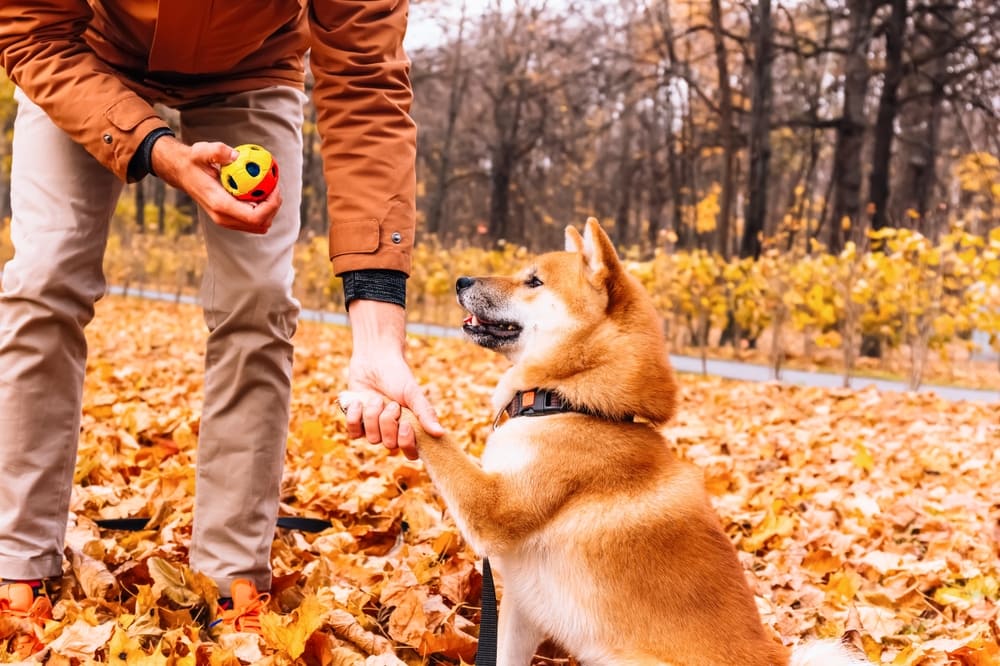

Ideal Diet for Maintaining a Healthy Weight
Since Akitas are large and muscular, they should eat a diet that contains plenty of protein and fat. If a veterinarian-approved homemade diet will not work for you, provide commercial food that is designed specifically for large breeds.
The Akita is unfortunately prone to gastric dilatation volvulus, also referred to as bloat. The cause is not completely understood, but it is believed that exercise right after a large meal or high amounts of water intake can increase the risk of developing bloat. This is a life-threatening illness that requires immediate veterinarian care. Feeding this breed at least two meals instead of one large meal each day may help reduce the chance of experiencing this illness.
We recommend getting advice and guidance from a veterinarian if you have any questions or concerns regarding your pet’s diet and weight.
If you need to speak with a vet but can't get to one, head over to PangoVet. It's our online service where you can talk to a vet online and get the personalized advice you need for your pet — all at an affordable price!
How to Measure Your Akita
To figure out how tall your Akita is, you would measure from the ground to their withers, which is the highest point where their shoulders meet the back of their neck. It’s easiest to use a cloth measuring tape, but a standard tape measure will give you a good estimate if you can keep your dog still.
To determine your Akita’s length, measure them from the edge of their neck, where it meets their back, to the base of their tail, where it meets their rear end. To find out how much your Akita weighs, you can take them to your veterinarian’s office. Alternatively, you can get on a scale in your home, then pick up your dog and get back on the scale. Then, subtract your weight from the weight that you measured while holding your dog.
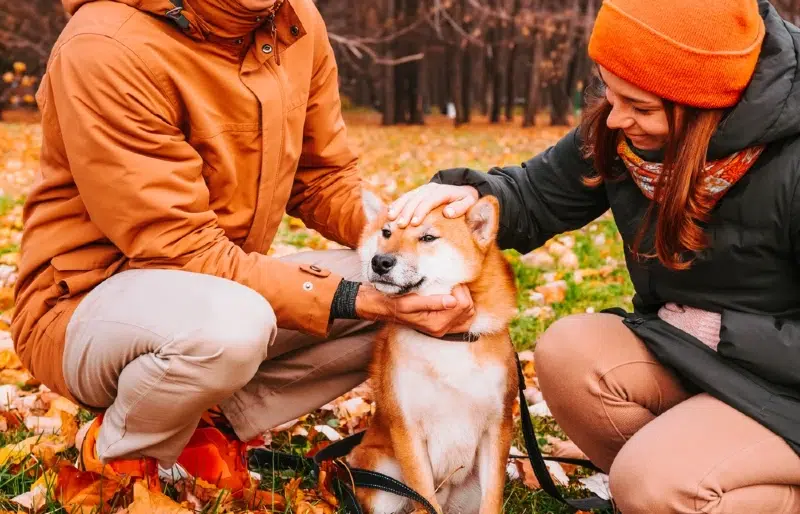

Conclusion
The Akita is a great family dog that can get along well in various household types. However, they are large dogs, so they need enough space to stretch their legs indoors and an opportunity to get outside to play and exercise each day. It is important to keep in mind that a puppy Akita might be small, cute, and cuddly, but they won’t stay that way for long.
Featured Image Credit: Elena, Nechiporenko, Shutterstock
